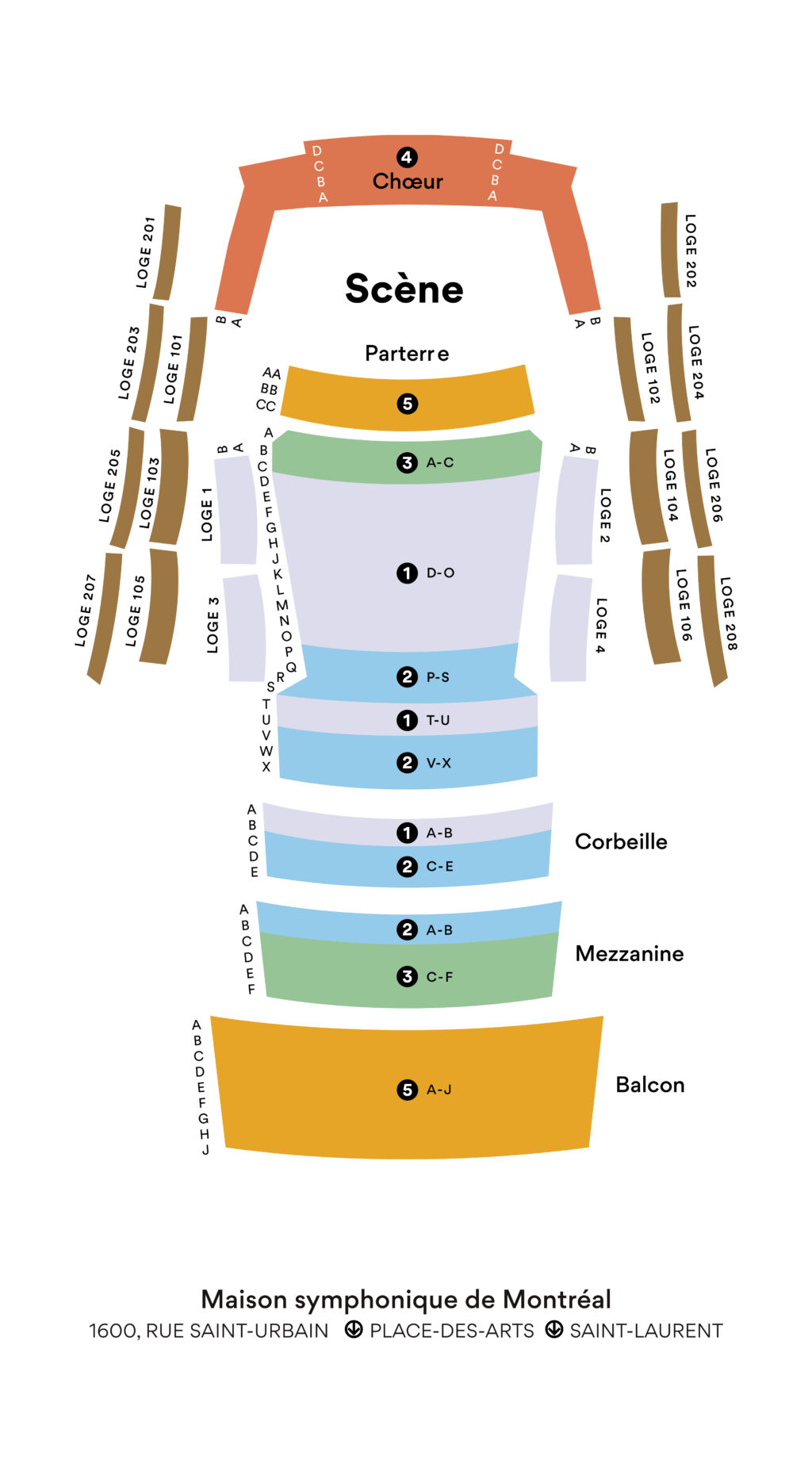Symphony No. 3
Louise Farrenc
1804 – 1875
Louise Farrenc is one of the rare female composers of her era to have been recognized and celebrated in her lifetime. Born Jeanne-Louise Farrenc, she was the daughter of French sculptor Jacques-Edme Dumont (1761-1844), the fourth in a long line of renowned sculptors founded by her ancestor François Dumont (1660-1737). Louise’s brother Auguste also became a sculptor; his works include the Génie de la Liberté atop the July Column in the centre of the Place de la Bastille in Paris.
Louise was strongly encouraged by her family to develop her musical talent. She began piano studies with Anne-Élisabeth-Cécile Soria, a pupil of Clementi, before studying with Moscheles, Hummel and Reicha. She was 18 when she married Aristide Farrenc a flautist, composer and, more importantly, music publisher. He did everything in his power to further his wife’s career, notably by becoming her impresario and publisher.
Louise Farrenc mainly composed piano music, chamber music and orchestral works, including three symphonies. Appointed professor of piano at the Paris Conservatory, it was only after nine years of repeated demands that she was paid a salary equal to that of her male counterparts.
Her Symphony No. 3 draws on the heritage of Beethoven, Schubert and Mendelssohn. Here is an excerpt from a contemporary review by Théophile Gauthier: “…the evening’s top honours went to the Symphony in G minor by Madame Farrenc, a remarkable work in which the composer lifts herself to the level of the greatest masters.”
© Claudio Ricignuolo
Translation by Craig Schweickert
